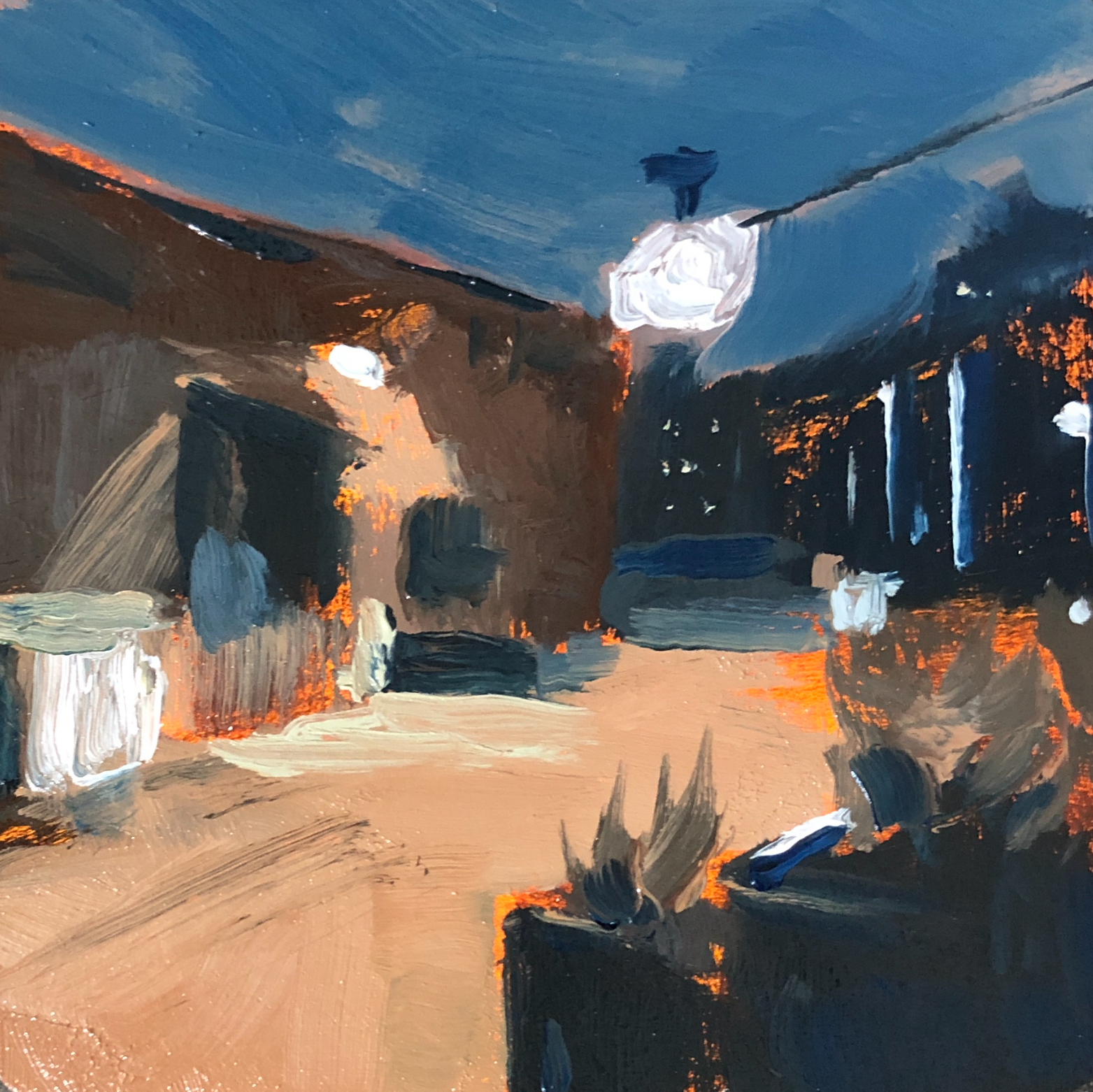The Barbizon school of painting wasn’t a physical school you could attend. It was a movement in a region of France, between 1830 and 1870. It started in the village of Barbizon, after a handful painters were inspired by a few John Constable landscape paintings exhibited at the Paris salon.
Prior to this, landscapes were mostly used for backdrops to more dramatic subjects, like figures. Think of the Mona Lisa: there’s a landscape in the background, but the Mona Lisa is the main subject.
Many Barbizon painters, however, wanted to paint the landscape as the main subject. These painters included Corot, Daubigny, Millet, Manet, and Degas, among others.
They used loose brushwork and soft forms to create atmospheric paintings, as opposed to the tight brushwork of years past. And it was this loose brushwork that helped inspire the impressionists, such as Monet and Renoir.
Even post-impressionist painters, like Vincent Gogh, were strongly influenced by the Barbizon painters. Van Gogh, for example, copied many Millet paintings and even painted in the garden of Daubigny.

In the next Article, we will be discussing inspiration, and how to find it.

